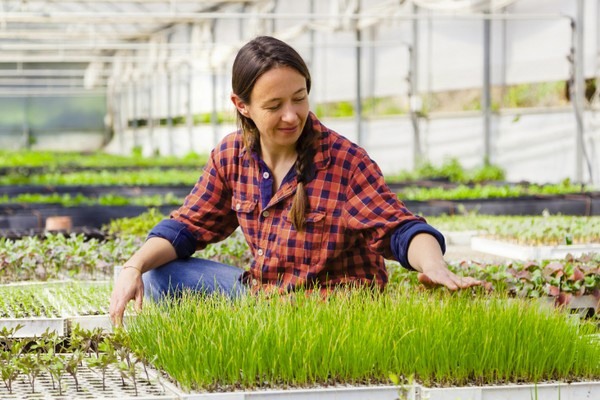Australia's horticulture sector is forecast to reach a gross value of $19 billion in 2025–26, according to ANZ's latest Agri InFocus report. This would represent an increase from $18.2 billion in 2024–25, placing horticulture ahead of cattle and wheat in production value.
Export earnings are projected at $4.4 billion, continuing the trend of exceeding $4 billion annually, with Asian markets driving much of the demand.
ANZ Executive Director of Agribusiness Insights, Michael Whitehead, stated: "Whether it's almonds, grapes, citrus or cherries, Australian produce is earning a strong reputation for quality in the world's fastest-growing markets. Maintaining that edge will require constant investment in water, labour and biosecurity, as well as a sharper focus on efficiency and innovation across the supply chain."
 © ANZ
© ANZ
Almonds remain the leading horticultural export, with China and India as primary destinations. Australia is now the world's second-largest almond producer, though water availability may constrain further growth.
Table grapes are regaining momentum, with demand coming from China, Vietnam, and Indonesia. Citrus growers are recording strong export volumes, with mandarins reaching record levels. Premium cherries and berries from Tasmania and Queensland are also expanding in high-value Asian markets. Avocado exports are recovering following a period of domestic oversupply.
Vegetables, including carrots, onions, and leafy greens, are strengthening their presence in Southeast Asia, supported by shorter shipping times and Australia's position on food safety.
Labour access has improved since the pandemic through the Pacific Australia Labour Mobility scheme, although wage levels remain high. Fertiliser and energy costs have eased compared with 2022 peaks but continue to exceed pre-pandemic levels.
The global environment for Australian horticulture is shaped by rising demand from Asia's growing middle class, alongside competition from Chile, Peru, South Africa, and the United States. Biosecurity risks such as fruit fly and varroa mite, together with climate variability, remain challenges for the sector.
"The sector has never been stronger. The challenge now is to stay ahead — protecting Australia's premium reputation and capturing the growth opportunities offered by both domestic and export markets," Whitehead said.
For more information:
Kate Power
Australia and New Zealand Banking Group
Tel: +61 481 547 556
www.anz.com.au
Alexandra La Sala
Tel: +61 499 292 554
